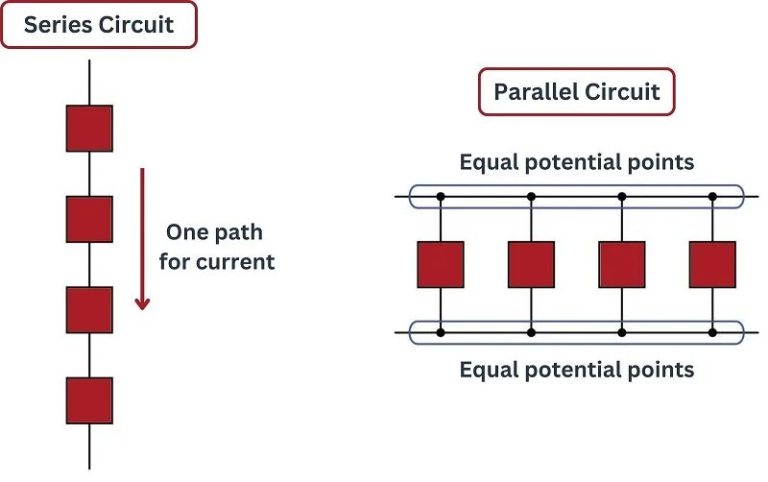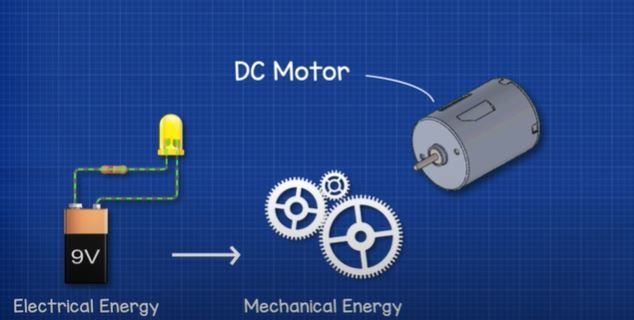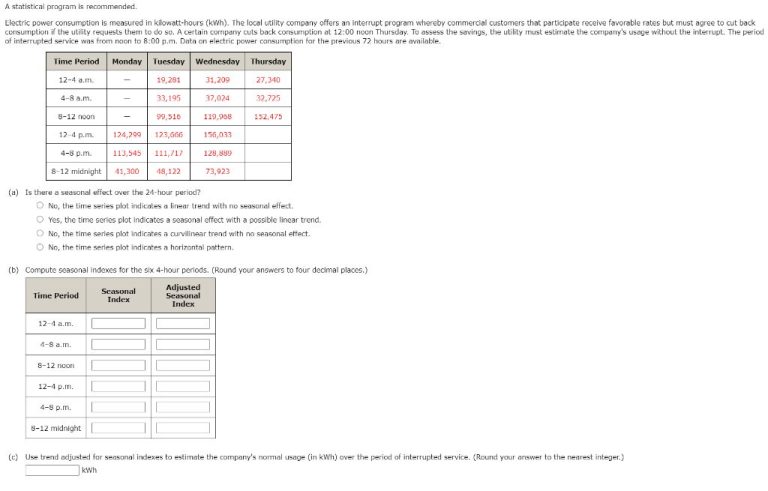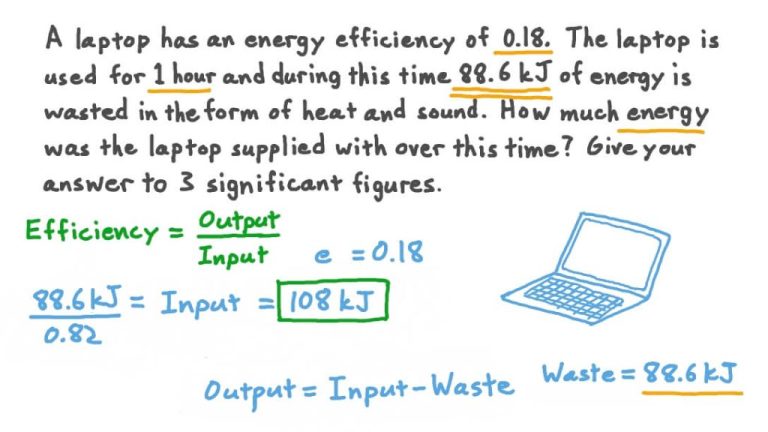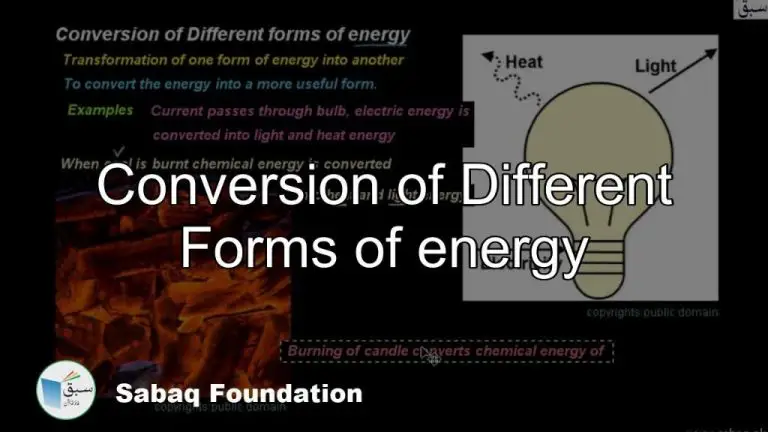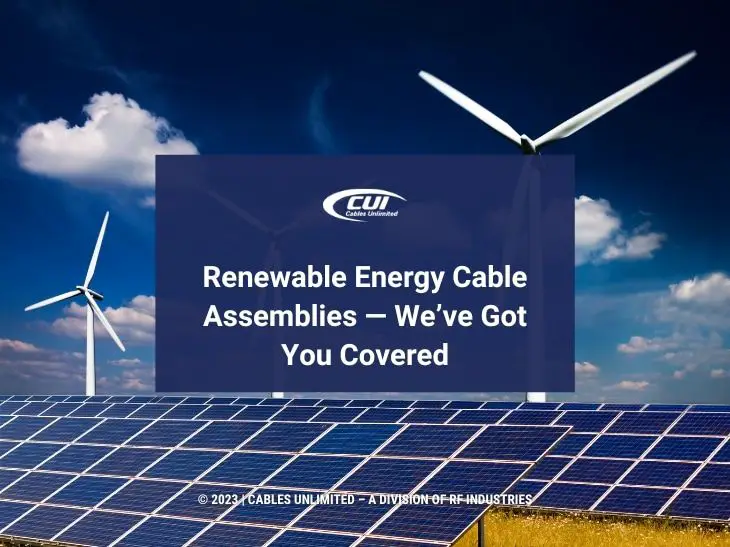How Is Power Generated Calculated?
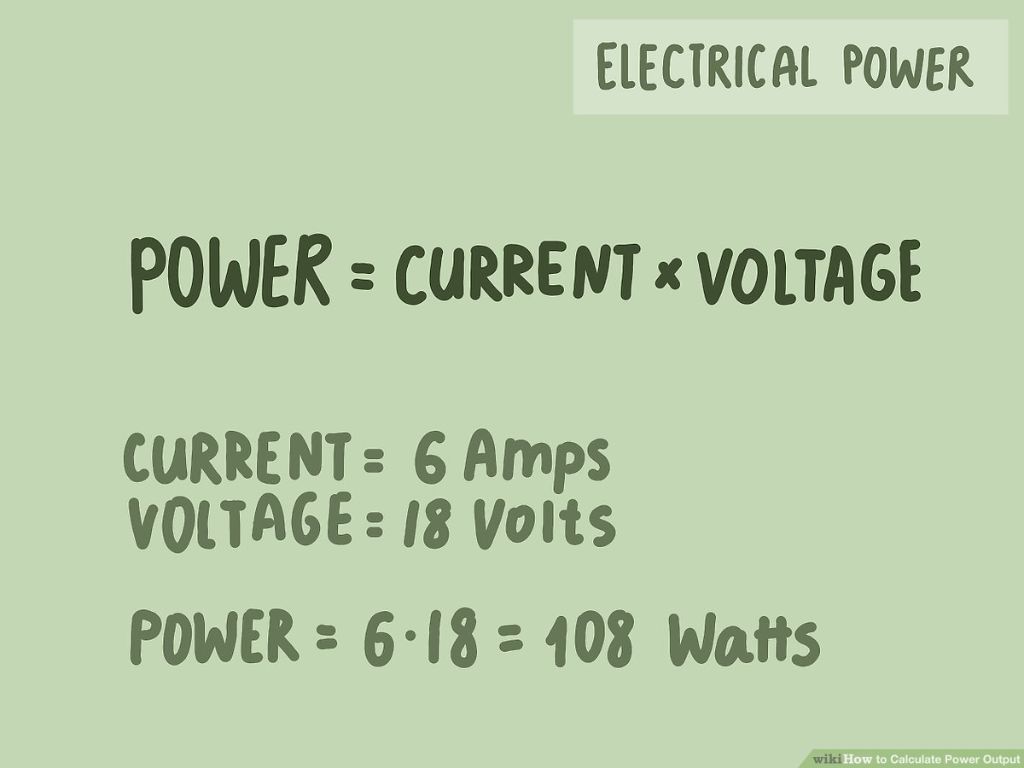
Power generation is the process of producing electric power from sources of primary energy, such as coal, natural gas, nuclear, solar, wind, and hydropower. Electricity is essential to modern life, providing lighting, heating, cooling, and power for homes, businesses, and industry. With the global population and economy growing, the demand for electricity continues to increase. Reliable and affordable electric power supports economic development and improves standards of living.
According to the U.S. Energy Information Administration, worldwide electricity generation reached over 27,000 terawatt hours in 2021, led by fossil fuels like coal, natural gas, and oil. However, due to concerns over pollution and greenhouse gas emissions from fossil fuels, the importance of sustainable and renewable energy sources like solar, wind, hydropower is increasing. Developing clean power generation helps address climate change while still meeting energy needs.
This article provides an overview of major power generation technologies and how the amount of electric power produced is calculated.
Types of Power Plants
There are several types of power plants that generate electricity using different sources of energy:
Coal power plants burn coal to heat water into steam that drives a steam turbine to generate electricity. Coal provides around 30% of the world’s electricity needs and is a major source of power in the United States, China, and India (source).
Nuclear power plants use the heat from nuclear fission reactors to convert water into steam and spin turbines. Nuclear energy generates about 10% of the world’s electricity and is a major source of power in the U.S. (20%), France (70%), and Russia (17%) (source).
Hydroelectric power plants convert the gravitational force of falling or flowing water into electricity. Hydropower provides around 16% of the world’s electricity, especially in Canada, Brazil, China, and the U.S. (source).
Solar power plants use photovoltaic panels or solar thermal energy to convert sunlight into electricity. Solar provides around 2% of global electricity but is the fastest growing renewable source (source).
Wind power plants use large wind turbines to generate electricity from the kinetic power of wind. Wind energy generates around 5% of the world’s electricity, especially in China, the U.S., Germany, and India (source).
Geothermal power plants use geothermal energy from hot underground reservoirs of steam or water to drive turbines. Geothermal provides around 0.3% of global electricity generation but is an important local source in some countries like Iceland and New Zealand (source).
How Coal Power Plants Work
Coal power plants produce electricity by burning coal to heat water into steam that spins turbines. Coal arrives by train or barge and is pulverized into a fine powder before being burned. According to a blog post on JetBlast.com, “It is then mixed with hot air and blown into the firebox of the boiler, where it ignites and burns. The heat from the burning coal turns water in tubes lining the boiler into high-pressure steam” (https://www.jetblast.com/blog/managing-fly-ash-in-power-plants/).
The high-pressure steam is piped into the turbines, where it pushes against the fanlike blades, causing them to turn. Per a CourseHero file, “As the turbine blades spin, they turn a metal shaft connected to the generator, which produces electricity” (https://www.coursehero.com/file/85823455/Christina-Vo-Coal-Power-Plants-Webquest/).
After the steam has passed through the turbine, it is cooled and condensed back into water, which is recycled back to the boiler to repeat the process. The spinning turbine also powers a generator to produce electricity. Thus, the process of burning coal to heat water and spin turbines generates the power that is distributed from the plant.
How Nuclear Power Plants Work
Nuclear power plants work by utilizing nuclear fission to heat water and produce steam that spins a turbine to generate electricity. In the reactor core of the plant, nuclear fission splits uranium atoms, releasing a large amount of thermal energy. Control rods absorb neutrons and regulate the fission reaction. The heat from the fission reaction is carried away by water circulating in a closed-loop system. This heated water, kept at high pressure to prevent boiling, transfers thermal energy to a second lower-pressure water circuit. The lower-pressure water turns to steam, which then spins the turbines. The turbine is connected to a generator, producing electricity. After passing through the turbine, the steam condenses back to water and is returned to the heat exchanger area of the reactor to be heated again. This closed-loop process allows nuclear power plants to continuously generate electricity through controlled nuclear fission.
Source: https://www.e-education.psu.edu/earth104/node/1304
How Hydroelectric Plants Work
Hydroelectric plants use the power of moving water to generate electricity. They convert the kinetic energy of flowing water into mechanical energy to spin turbines, which then rotate generators to produce electrical energy (https://www.iberdrola.com/about-us/what-we-do/hydroelectric-power).
The process begins with a dam built across a river to create a reservoir. When the gates of the dam are opened, water flows through pipes called penstocks towards the turbines. The fast-moving water strikes and spins the turbine blades, which rotate a shaft connected to a generator to produce electricity. Generators convert the mechanical rotation into electrical energy using electromagnetism. The electricity is then transmitted via power lines to homes, businesses, and industries (https://www.vedantu.com/physics/hydroelectric-power).
The amount of electricity generated depends on the volume and speed of the water flow. Larger volumes and higher water speeds allow more kinetic energy to be converted by the turbines into useful electric power. Hydroelectric plants provide a renewable and efficient way to harness the innate power of moving water for electricity generation.
How Solar Plants Work
Solar power plants work by converting sunlight into electricity using photovoltaic (PV) solar panels. The PV panels contain solar cells made of semiconducting materials like silicon that absorb photons from sunlight and convert them into electrical current through the photovoltaic effect. Arrays of solar panels are connected together to form solar arrays that can measure several meters on a side.
The solar arrays track the movement of the sun throughout the day to maximize sunlight exposure. The direct current (DC) electricity generated by the solar cells then goes through inverters to convert it into alternating current (AC) electricity that can be fed into the electrical grid for distribution. Any excess electricity can be stored in large batteries for use when the sun isn’t shining.
Solar thermal power plants work a bit differently by using mirrors to concentrate sunlight to heat a fluid like water or synthentic oil that produces steam to spin a turbine and generator. But both PV and solar thermal plants provide renewable solar electricity with minimal carbon emissions.
Sources:
https://interestingengineering.com/innovation/how-does-a-solar-power-plant-work
https://www.youtube.com/watch?v=kwhaT_QmDTc
How Wind Plants Work
Wind power plants generate electricity by using wind to spin turbines connected to generators. Here’s how it works in more detail:
When the wind blows, it pushes against the blades of the wind turbines, causing them to spin around. The blades are connected to a drive shaft inside the turbine that turns when the blades spin. This spinning drive shaft is connected to a generator which converts the mechanical power into electrical power using electromagnetic induction.
As the drive shaft spins inside the generator, it rotates a rotor which contains magnets. Surrounding the rotor is a stationary set of conductive coils known as the stator. As the magnets spin past the stator, electrons in the coils begin to move, generating an electrical current. This electricity is then transmitted through transmission and distribution lines to the places that need the power.
The faster the wind blows, the faster the turbine blades spin, and the more electricity that can be generated. Most modern wind turbines are designed to operate optimally at wind speeds between 25-55 mph. At very low wind speeds, the blades won’t have enough force to make them spin. And at very high wind speeds, the turbine is shut down to prevent damage. So areas with consistently strong winds are the best locations for wind farms.
Wind power plants provide clean, renewable electricity without emitting greenhouse gases. As of 2021, wind energy makes up about 9% of U.S. electricity generation and that number continues to grow as more turbines are installed (source).
How Geothermal Plants Work
To generate electricity, geothermal power plants use the heat found deep beneath the earth’s surface. Specifically, geothermal plants drill wells deep into the ground until they reach hot water or steam reservoirs. These reservoirs can be naturally occurring or engineered.
The hot water or steam from these geothermal reservoirs is then piped up to the power plant located above ground. There, the steam is directed into a turbine which spins a generator to produce electricity, similar to how coal, natural gas, and nuclear power plants work. The steam exits the turbine and is condensed back into water to be returned underground and reused.
Geothermal power generation thus taps into the tremendous amount of heat energy available within the earth’s core to produce renewable and sustainable electricity. By utilizing the steam and high temperatures deep beneath the surface, geothermal plants are able to operate continuously and provide baseload power to the grid.
Measuring and Calculating Power
Power generation and consumption are measured in units like watts, kilowatts, and megawatts. Understanding these units is important for calculating power needs and production capacity.
A watt (W) is a unit of power representing one joule per second. It measures the rate of energy conversion or transfer. For example, a typical incandescent light bulb consumes 60-100 watts.
A kilowatt (kW) is equal to 1,000 (103) watts. Kilowatts are commonly used to measure electricity usage of appliances and equipment. The average home in the U.S. consumes about 1.2 kilowatts (1200 watts) of electricity.
A megawatt (MW) is equal to 1,000,000 (106) watts. Megawatts are used to measure the generating capacity of power plants and other large scale generation. For example, a typical coal power plant may have a capacity between 250 – 1300 MW.
Understanding these units helps when estimating electricity production or consumption. For example, you can calculate the number of homes a power plant can supply by taking its capacity in megawatts and dividing by 1.2 kilowatts. Accurately measuring power needs is crucial for properly sizing renewable energy systems like solar panels.
Learn more about calculating power generation and electrical loads:
[Source 1](https://solarstik.com/stikopedia/calculate-power-generation/)
[Source 2](https://solarstik.com/stikopedia/calculate-load/)
Conclusion
In summary, there are several key ways that power is generated and calculated. The main types of power plants are coal, nuclear, hydroelectric, solar, wind, and geothermal. Each type converts a source of energy into electrical power through turbines and generators. The amount of power generated depends on factors like the energy input, efficiency of the process, size of the generators, and capacity factor of the plant.
Power is measured in watts or megawatts over a period of time. Power generation is calculated by multiplying the energy input rate by the efficiency of conversion. For example, a coal plant may input 10,000 BTU/hr of the heating value of coal and convert it at 33% efficiency, generating 3,300 watts of usable electric power. Capacity factor indicates how much of the rated maximum a plant actually produces over time. Accurately tracking power input, conversion efficiency, capacity utilization, and electric output is crucial for operating power plants and grid systems.
Understanding how various power technologies work and how generation output is calculated provides key insights into electricity infrastructure. With growing demand and sustainability concerns, properly evaluating different energy sources and plant designs will be increasingly important for meeting society’s electrical needs.

